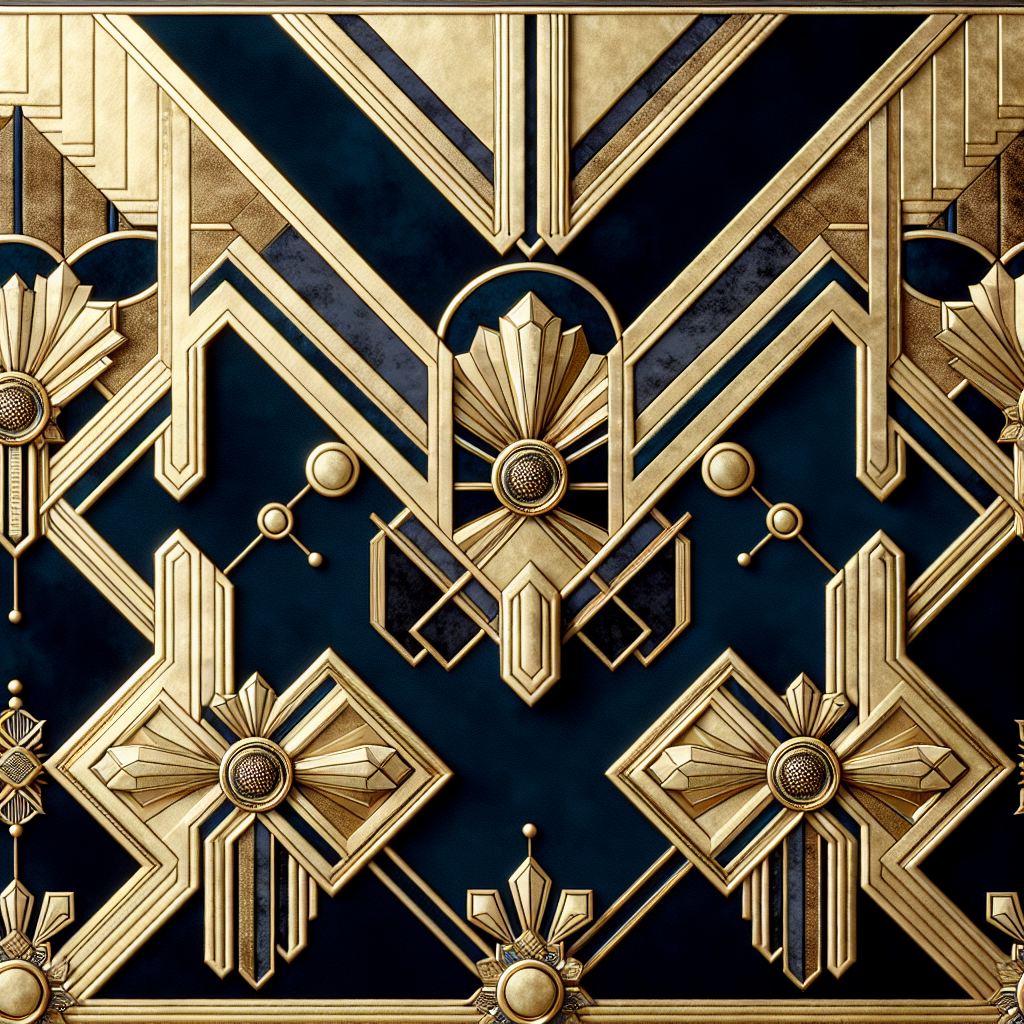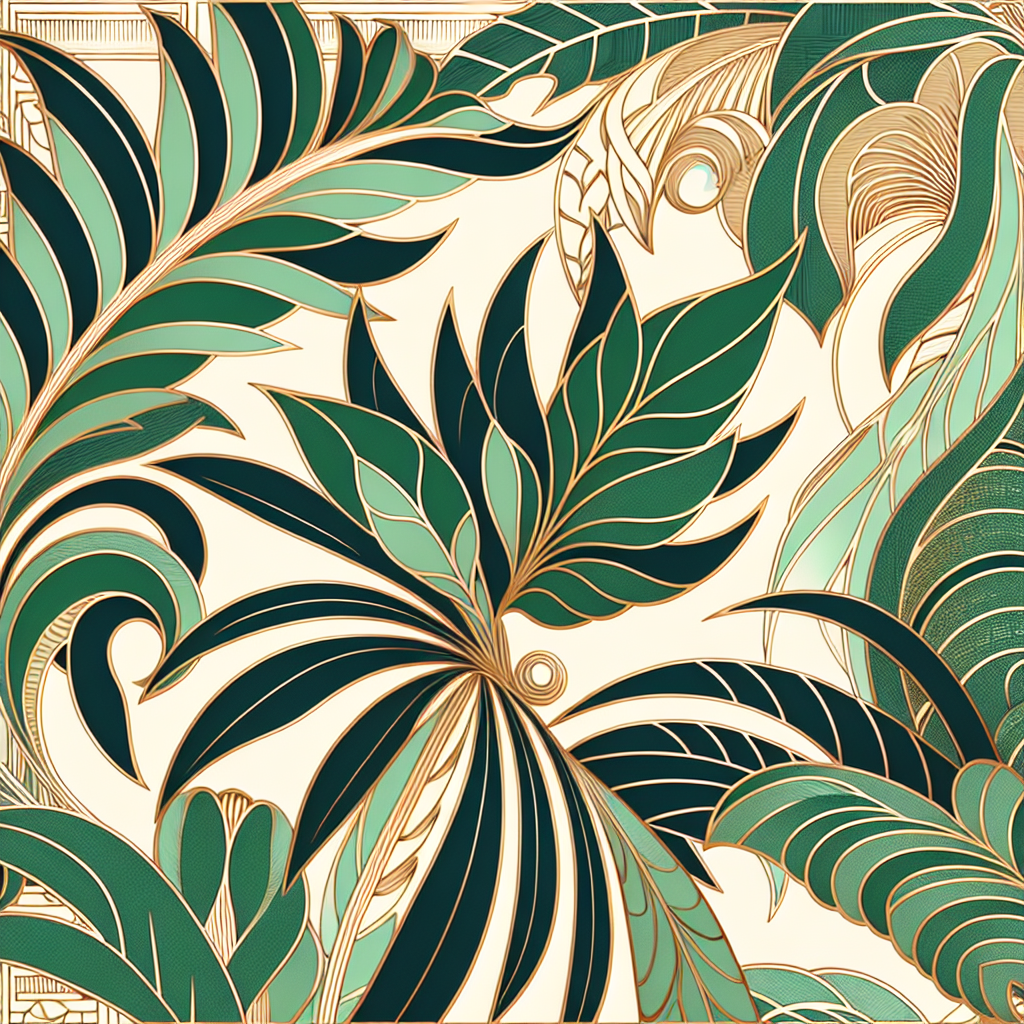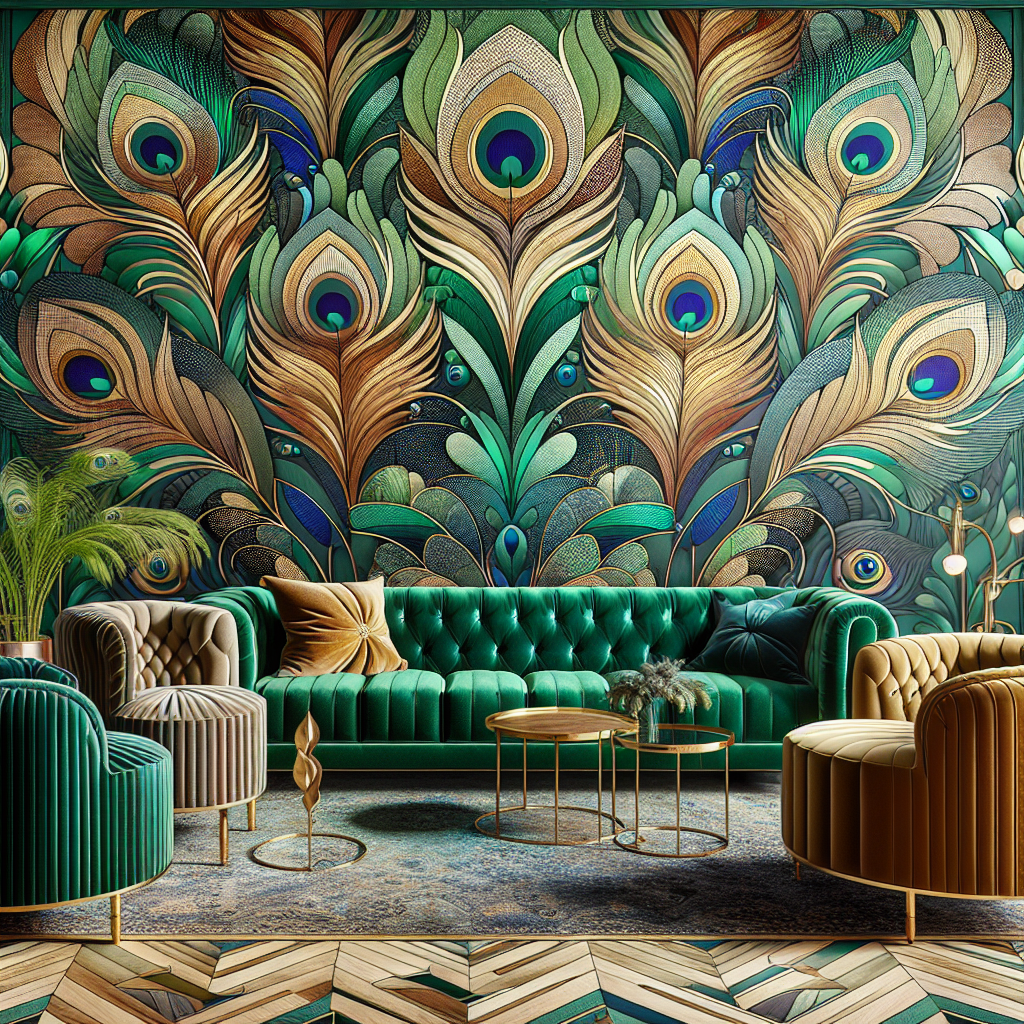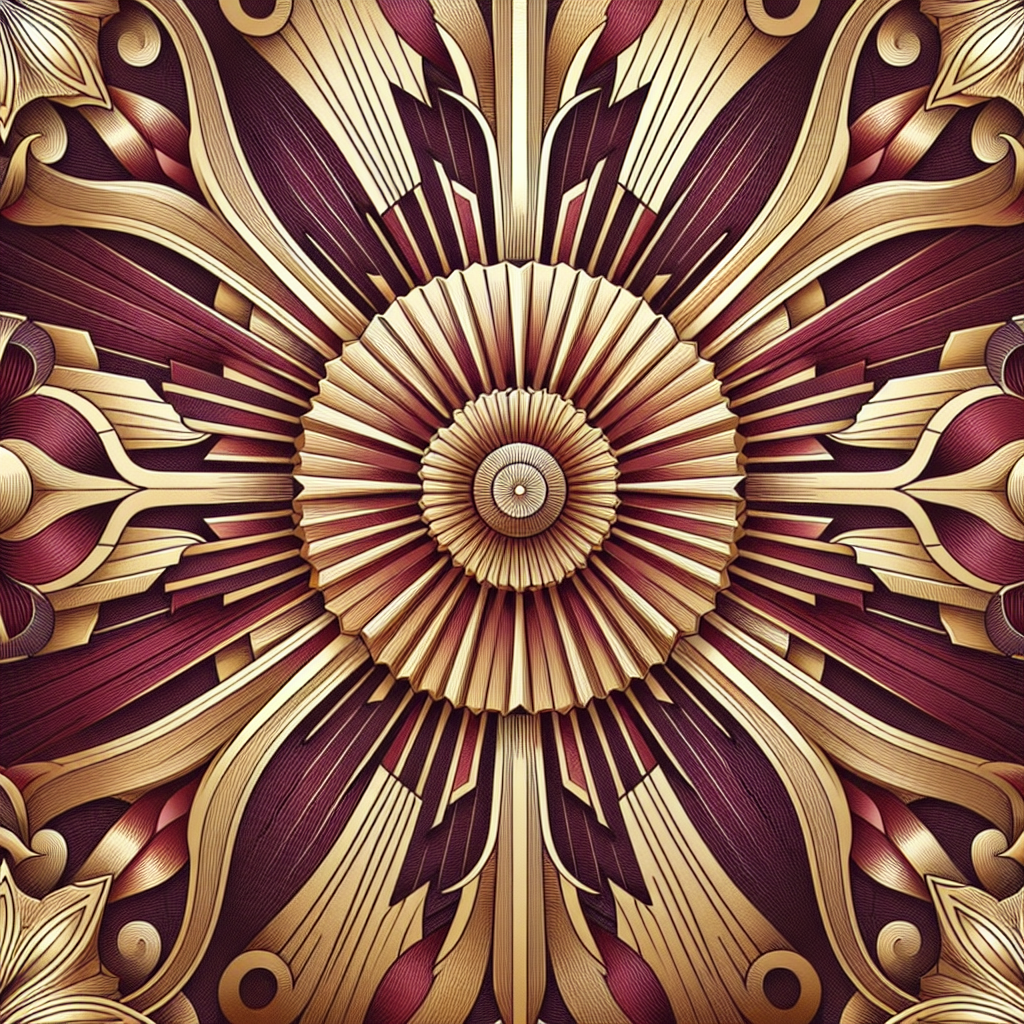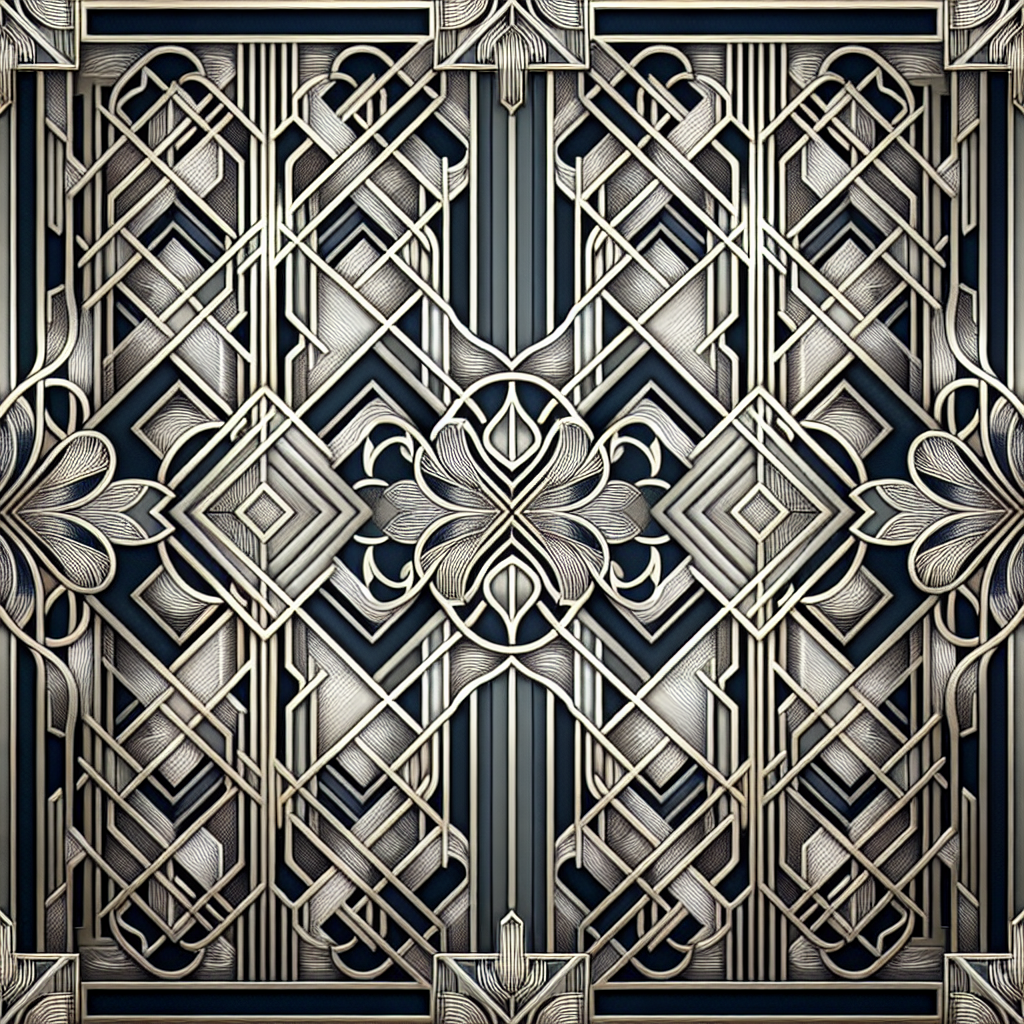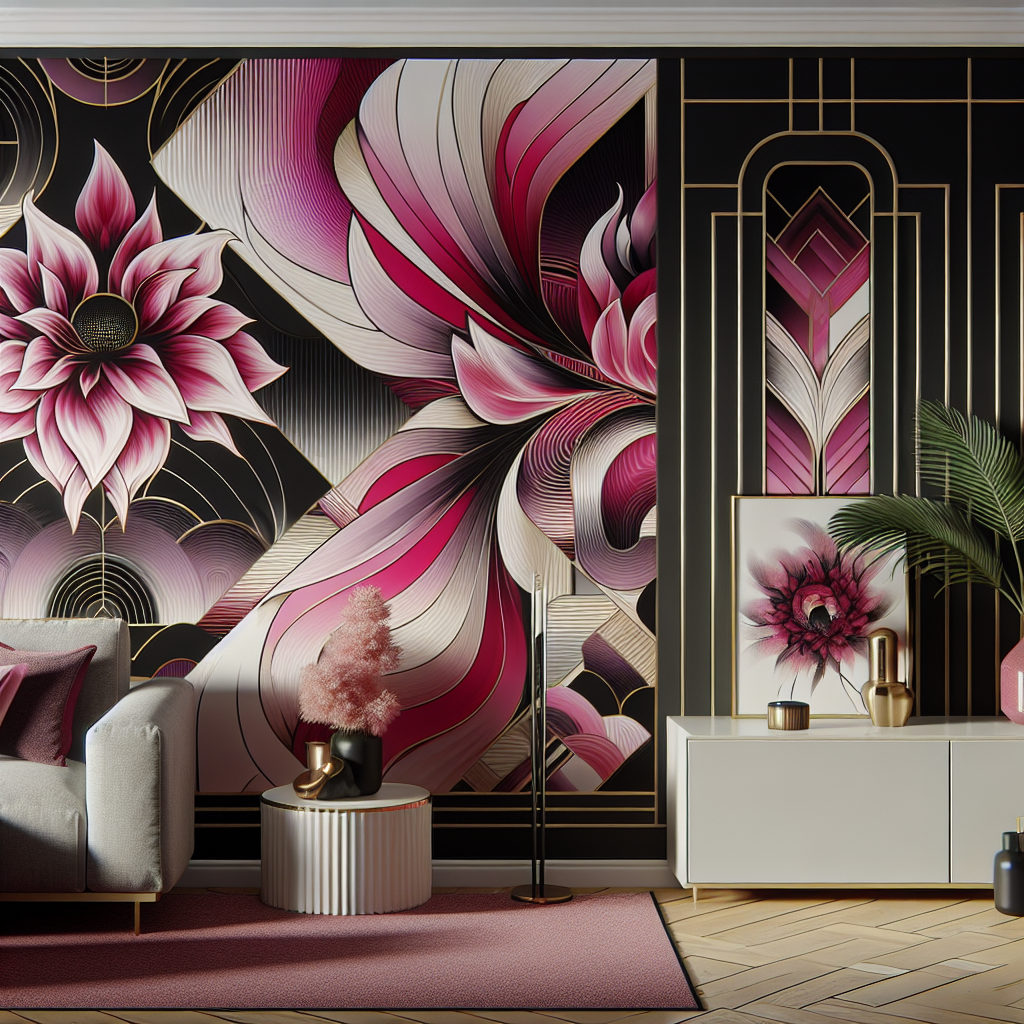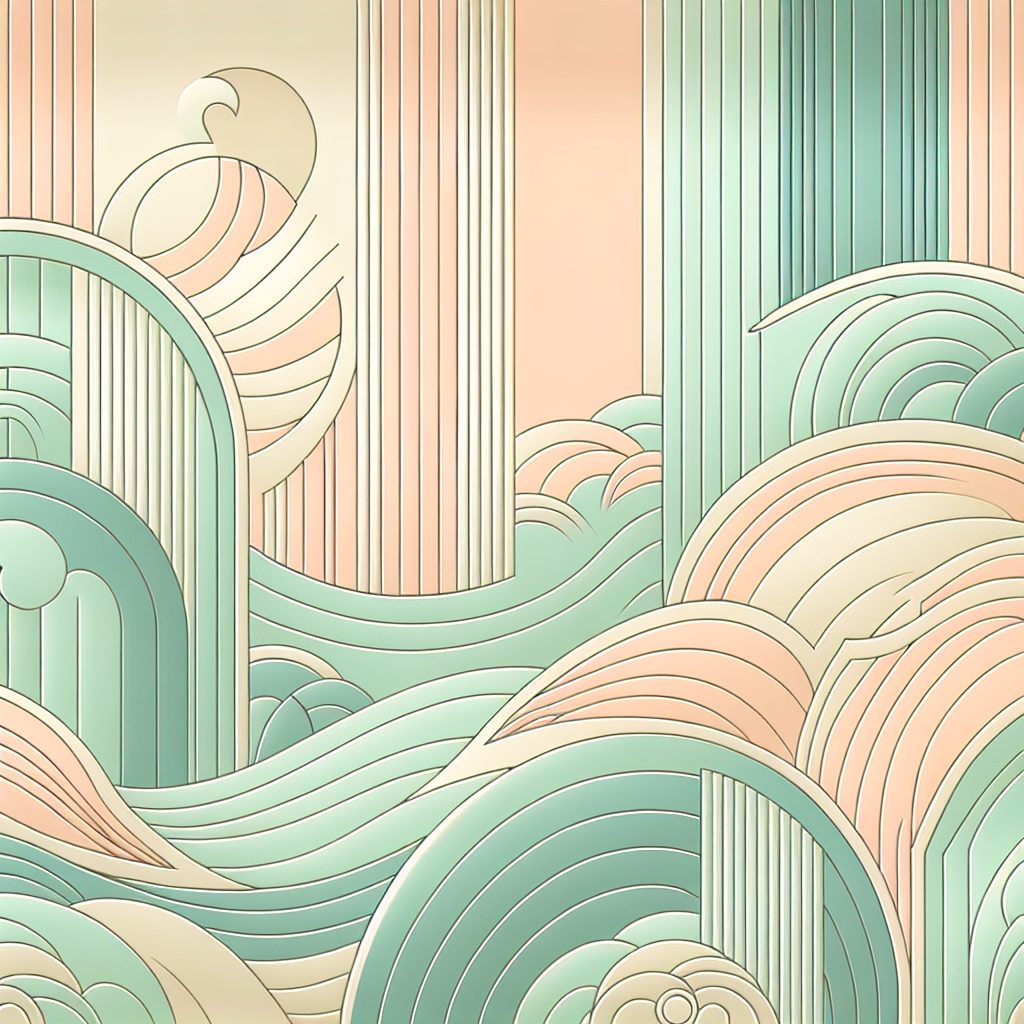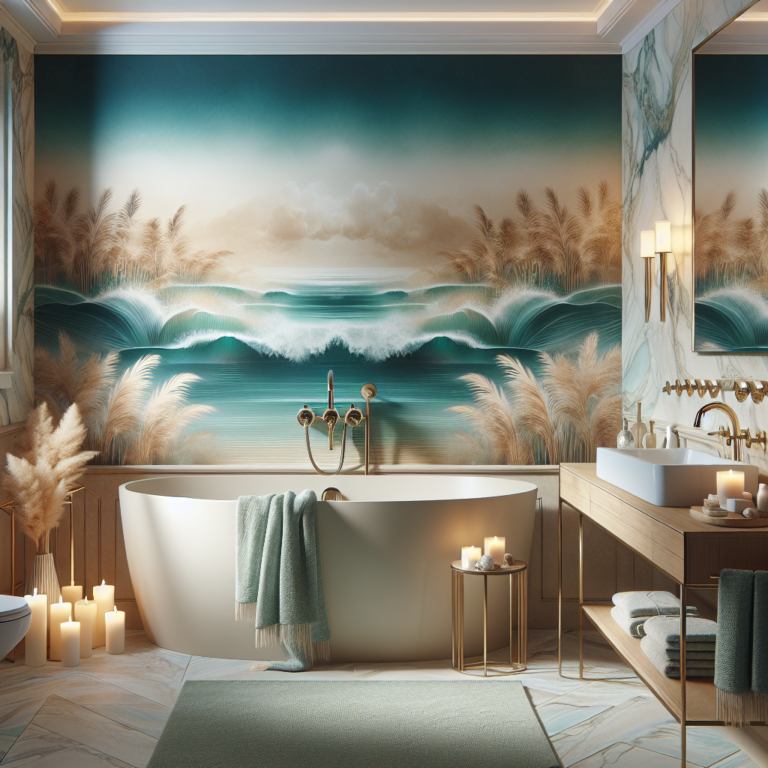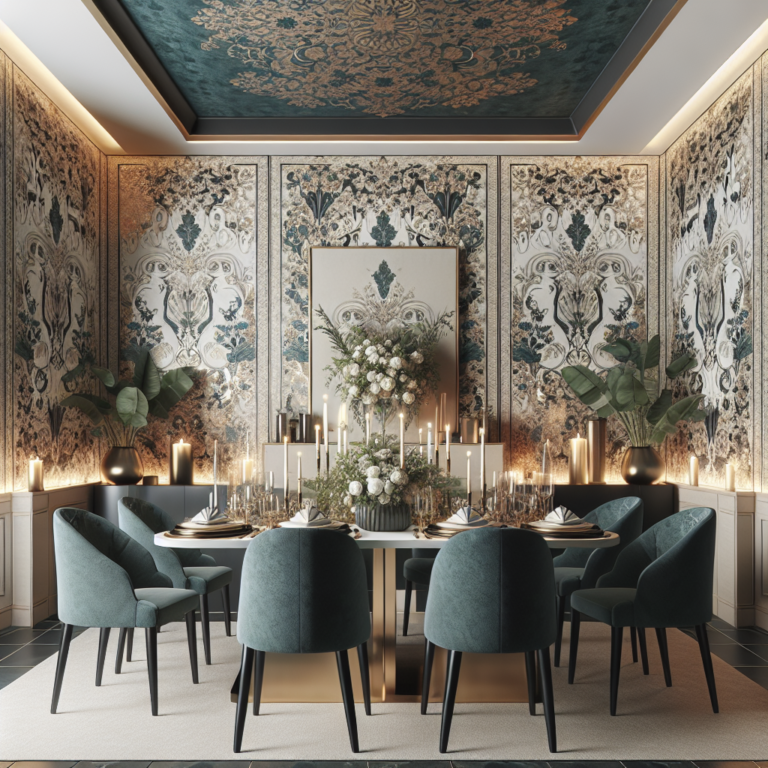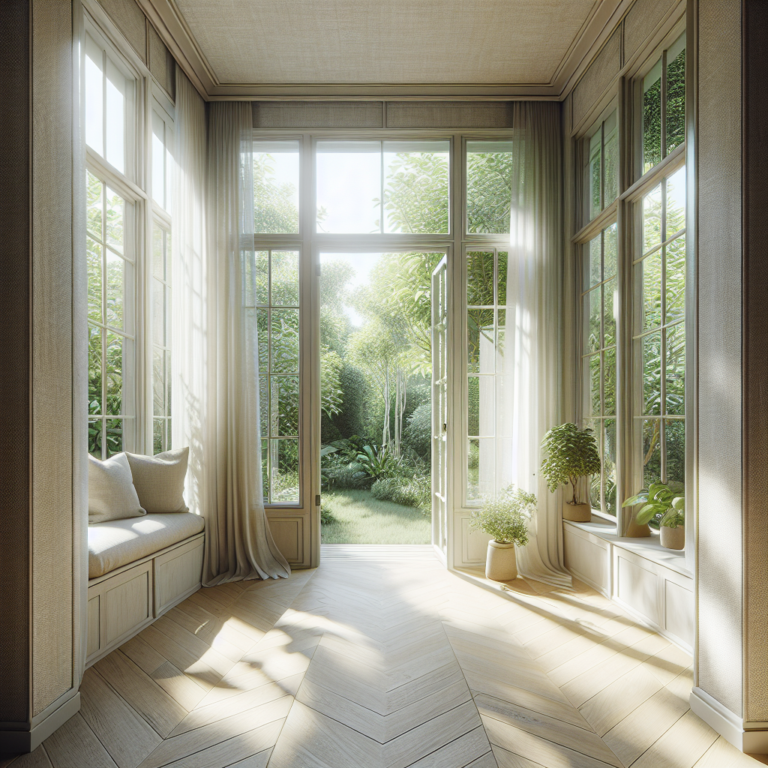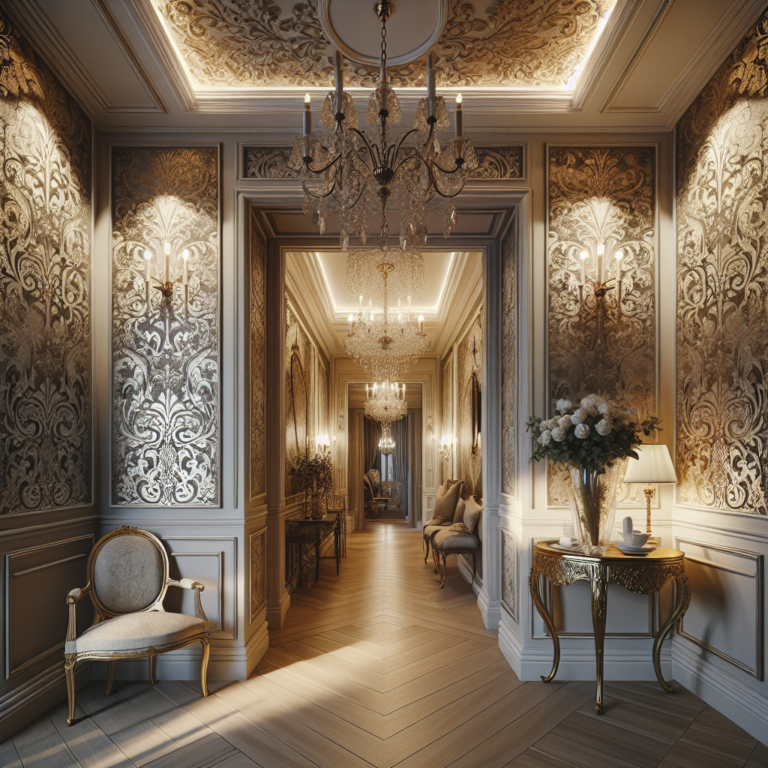Glamorous Art Deco Wallpaper Ideas for a Stunning Interior
Understanding Art Deco: A Brief Overview
Art Deco emerged in the 1920s and 30s as a dazzling design movement, combining function with elegance and luxury. It’s characterized by bold geometric patterns, rich colors, and lavish ornamental styles. This movement revolutionized various fields, including architecture, fashion, and, of course, interior design. Bringing Art Deco into your home isn’t just about wallpaper; it’s about embodying a lifestyle that celebrates opulence and creativity. Think of it as a ticket to a glamorous era where sophistication thrived.
The essence of Art Deco often captures a sense of nostalgia intertwined with modernity. The right wallpaper can transport your space back to an era defined by excess and creativity. Imagine covering your walls with patterns that speak of both artistry and history. Choosing Art Deco wallpaper allows you to create a defining feature in your interior, making your home not just a place to live, but a canvas of sophistication and style.
Choosing the Right Color Palette
When it comes to Art Deco wallpaper, colors play an essential role in setting the mood. Rich jewel tones like emerald greens, royal blues, and deep purples evoke luxury and elegance. These colors can transform any room into a chic retreat, inviting warmth and sophistication. If you’re aiming for a bolder look, consider metallic accents, which are a hallmark of the Art Deco style, infusing your space with a glamorous shine.
However, it’s vital to balance the richness of these tones. Pair darker colors with lighter accessories or light fixtures to create a harmonious visual effect. For example, placing a sumptuous dark green wallpaper against bright white moldings can elevate the overall ambiance. The right color combinations can evoke the grandeur of a Gatsby-esque party, making your space not just livable but spectacular.
Key Patterns to Explore
Art Deco wallpaper is famous for its distinctive patterns. Geometric shapes, chevrons, and sunburst motifs are just a few examples that can capture the essence of the era. These designs often convey a sense of movement, creating a dynamic atmosphere within your space. Consider how bold vertical lines can stretch a room’s appearance, offering a sense of height even in a compact area.
By combining various patterns, you can personalize your space. For instance, mixing a geometric wallpaper with a more subtle print can create layers of intensity without overwhelming the eye. The secret is to maintain a cohesive theme while playing with variations. Embrace the eclectic spirit of Art Deco, allowing your personality to shine through your choices.
Texture: The Unsung Hero of Wallpaper
Texture can be a game-changer in interior design, and Art Deco wallpaper often incorporates various textures to create a multidimensional effect. Consider wallpapers with raised patterns embossed in metallic or matte finishes, providing a tactile experience that adds depth to your walls. The touchable quality of these wallpapers invites curiosity and interaction, transforming flat spaces into lively realms.
Moreover, combining textural elements with visual patterns can create striking contrasts. Imagine a smooth, glossy wallpaper harmoniously contrasted with a sumptuous velvet chair. The interplay of different textures can shift the vibe of your interior, allowing you to craft an engaging environment that feels as good as it looks. Play with contrasts to create a space that sparks intrigue and conversation.
Focal Points: Creating Drama in Your Space
Using Art Deco wallpaper strategically can create fascinating focal points in your interiors. For instance, you could cover a singular wall in a bold pattern while keeping the other walls in a palette that complements your dominant color. This method can draw the eye and add drama without feeling overcrowded. Imagine walking into a room where a lavish wallpaper beckons from behind your favorite pieces of furniture—it’s inviting and luxurious.
Alternatively, consider using Art Deco wallpaper in unexpected areas such as ceilings or alcoves. A ceiling adorned with striking designs can turn an ordinary space into a statement room. This unique method can surprise and delight your guests, pushing boundaries and redefining traditional aesthetics. Focal points are about creating visual interest that leaves a lasting impact.
Incorporating Art Deco Elements with Furniture
The beauty of Art Deco wallpaper is that it pairs brilliantly with various furniture styles. Think about leather lounge chairs, mirrored surfaces, or sculptural pieces that reflect the elegance of the Wallpaper. Opt for furniture that showcases curves and geometric lines, as these elements will resonate beautifully with the wallpaper pattern, creating a unified decor scheme.
Don’t shy away from mixing different materials either; combining wood, metal, and glass can emphasize the glamorous feel of Art Deco. A striking metallic frame can act as a frame for the wallpaper, creating an interactive environment where each element complements the other. The intersection between wallpaper and furniture styles can define your decor’s story, merging all elements into an aesthetic symphony.
Modern Twists on Classic Designs
While traditional Art Deco designs are stunning, modern twists can breathe new life into these classic styles. New technologies offer innovative ways to incorporate Art Deco patterns in wallpaper, allowing for customization and unique color palettes. For example, digital prints can open avenues for expanding the spectrum of designs and styles while preserving the iconic geometric forms of Art Deco.
Incorporating modern elements, like minimalistic furniture or contemporary artwork, can further bridge the gap between past and present. The combination creates a timeless appeal that retains sophistication while feeling current and fresh. Imagine a sleek sofa paired with vintage-inspired wallpaper—this approach allows you to showcase your personality while celebrating the heritage of Art Deco design.
Conclusion
Art Deco wallpaper captivates with its rich history and glamorous possibilities. Choosing the right patterns, colors, and textures helps create stunning interiors that tell a story of elegance and style. By incorporating diverse elements from the Art Deco movement, you can design spaces that reflect not just a time period but a way of living. Remember to play with textures and focal points, allowing every element in your home to collaborate seamlessly. Create a captivating dialogue between your wallpaper and furnishings, ensuring your interiors are nothing short of extraordinary.
FAQs
What are the best colors for Art Deco wallpaper?
The best colors for Art Deco wallpaper often include rich jewel tones, such as emerald green, royal blue, and deep burgundy. Metallic accents can also enhance the overall glam factor, creating a luxurious atmosphere that embodies the Art Deco style.
Can I use Art Deco wallpaper in small rooms?
Absolutely! Using Art Deco wallpaper in small rooms can create a dramatic effect. Opt for lighter colors with bold patterns to add depth and interest. A focal wall can also help draw attention and create the illusion of a larger space.
How can I mix Art Deco wallpaper with modern furniture?
Mixing Art Deco wallpaper with modern furniture involves striking a balance between old and new. Choose sleek, contemporary furnishings that complement the geometric patterns of the wallpaper. Incorporating metallic or glass elements can also help create a cohesive look.
What textures work well with Art Deco wallpaper?
Textures play a vital role in enhancing Art Deco wallpaper. Consider fabrics like velvet, silk, or leather for your furniture. Additionally, combining matte and glossy finishes in accessories can create an intriguing visual interplay throughout the space.
Is Art Deco wallpaper suitable for all interior styles?
While Art Deco wallpaper primarily resonates with specific design aesthetics, it can be adapted across various styles. By carefully selecting color combinations and patterns, it can blend beautifully with contemporary, minimalist, or even eclectic styles, making it a versatile choice for interior design.
Below are some great examples of these types of designs: